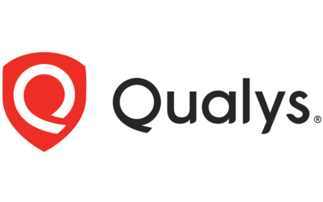Aligning IT security and business and huge increase in web threats were key topics at RSA show
Aligning IT security projects with business objectives and the huge growth in web threats were the key topics at this week’s RSA security show in San Francisco. A forthcoming RSA survey will re...
To continue reading this article...
Join Computing
- Unlimited access to real-time news, analysis and opinion from the technology industry
- Receive important and breaking news in our daily newsletter
- Be the first to hear about our events and awards programmes
- Join live member only interviews with IT leaders at the ‘IT Lounge’; your chance to ask your burning tech questions and have them answered
- Access to the Computing Delta hub providing market intelligence and research
- Receive our members-only newsletter with exclusive opinion pieces from senior IT Leaders

















